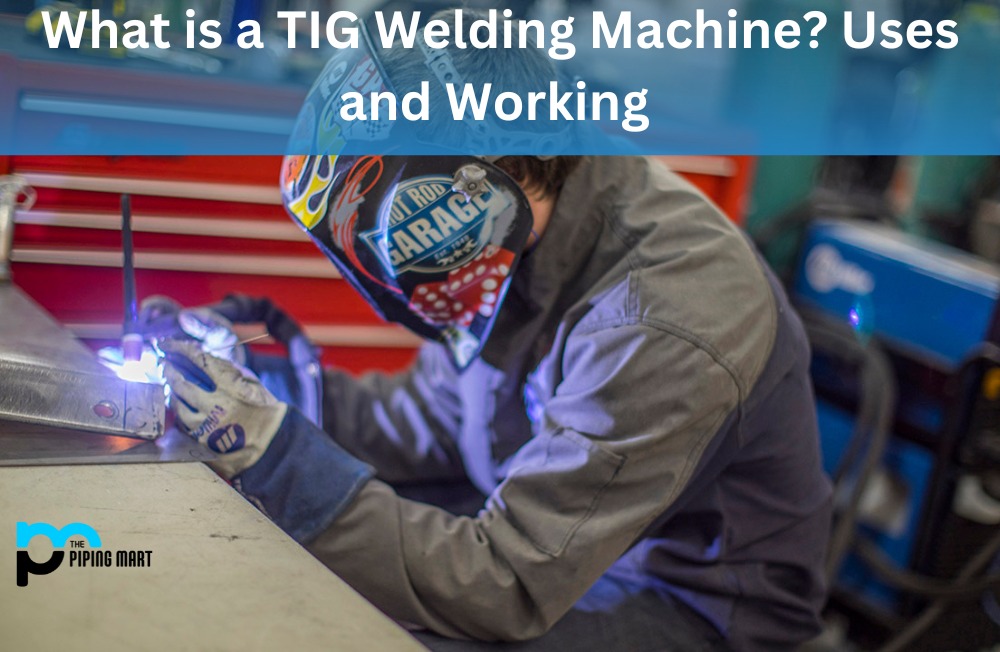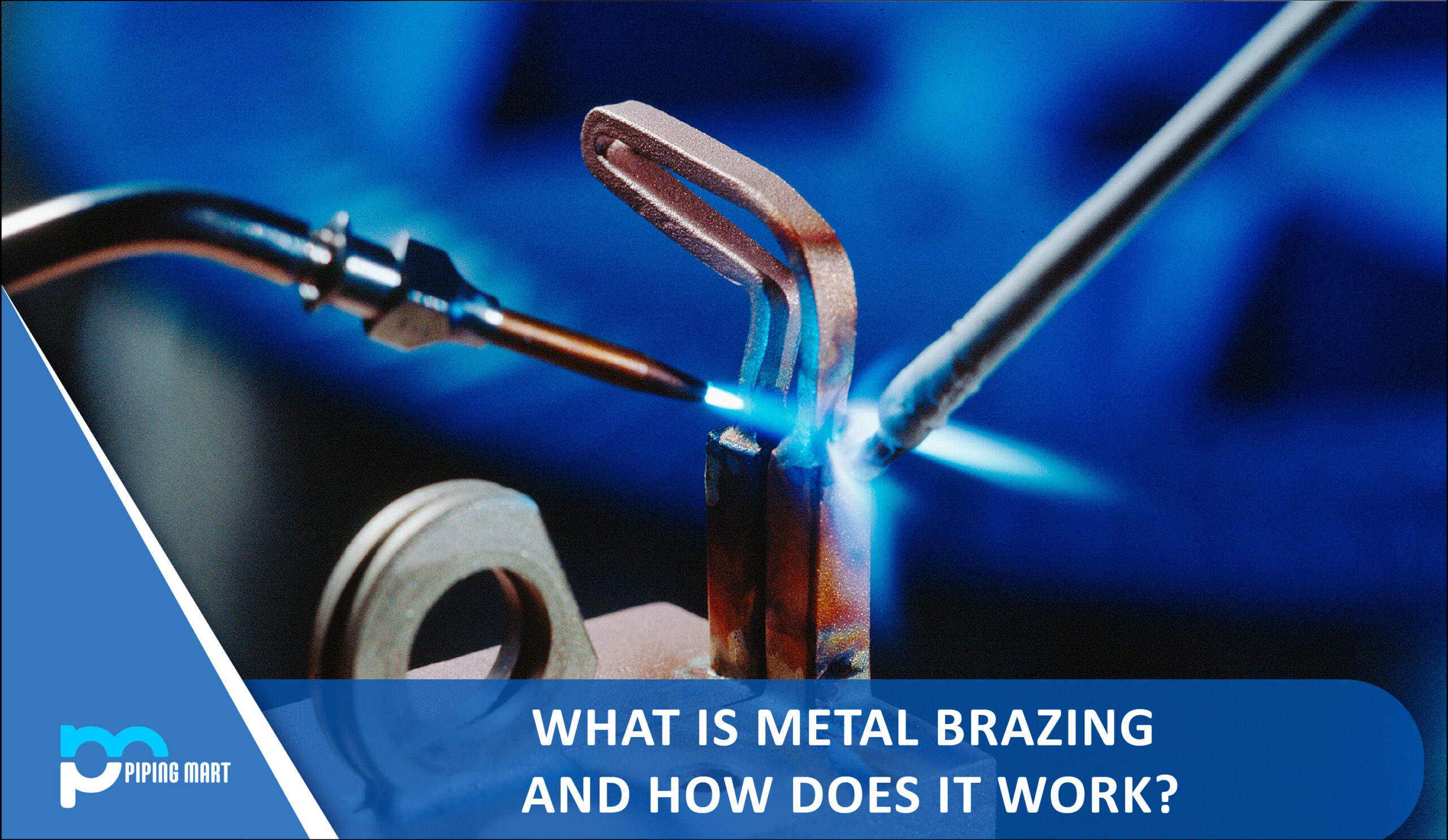If you’re a welder, you’ve heard of silicon bronze tig brazing. It’s a specialized welding process that combines two pieces of metal with filler material. Silicon bronze tig brazing offers many advantages over traditional welding processes and is often preferred for its high strength and corrosion resistance. Let’s look at silicon bronze tig brazing, why it’s popular, and how it can benefit your projects.
What Is Silicon Bronze?
Silicon bronze is an alloy made up primarily of copper, small amounts of zinc, and trace amounts of silicon. This combination creates a material that has excellent corrosion resistance and strength-to-weight ratio, making it ideal for certain welding applications.
Why Choose Silicon Bronze for TiG Brazing?
When it comes to tig brazing with silicon bronze, there are several advantages to consider. Firstly, the copper content in this alloy makes it an excellent conductor of heat. This means that when you use silicon bronze for tig brazing, you can achieve better control over your weld bead shape and less distortion as a result. In addition to this, the presence of silicon helps reduce spatter during welding while providing superior strength in the weld zone itself. Finally, the low melting point makes it easier to work with – compared to other alloys – which makes it ideal for working on thin materials or pieces with intricate details.
Silicon Bronze TIG Brazing
Silicon bronze tig brazing is an advanced welding process that uses an inert tungsten gas (TIG) torch to combine two pieces of metal using filler material. The filler material melts at a lower temperature than the base metals being joined, allowing for more precise control over the weld joint. Furthermore, the filler metal includes silicon and copper in addition to other elements, providing greater strength and corrosion resistance than traditional weld joints. This makes it ideal for applications where longevity or strength are important factors.
- Silicon bronze is a great choice for TIG brazing because it has a low melting point and flows easily.
- Silicon bronze can be used on a variety of metals, including aluminum, stainless steel, and copper.
- Silicon bronze is also resistant to corrosion, which makes it ideal for use in harsh environments.
- When TIG brazing with silicon bronze, it is important to use a filler rod that has a similar composition.
How To Get Started With TiG Brazing Silicon Bronze
Tig brazing with silicon bronze is a straightforward process – but only if you know what you’re doing! First off, make sure your welding machine is set up correctly according to your type of material (i.e., steel or aluminum). Then choose your filler rod material – in this case, silicon bronze – and get ready to start welding! You’ll need a good understanding of how tig brazing works before getting started; if you’re unsure about anything, consult an experienced welder before attempting tig brazing on your own.
Advantages
One advantage of silicon bronze tig brazing is that it can be used on a variety of metals, including aluminum, stainless steel, and cast iron. Additionally, silicon bronze is less likely to cause warping or distortion than other types of brazing materials.
Disadvantages
A disadvantage of silicon bronze tig brazing is that it can be more difficult to control than other types of brazing materials. Additionally, silicon bronze is more expensive than other types of brazing materials.
How to Use
When using silicon bronze tig brazing, it is important to use a lower heat setting than you would with other types of brazing materials. Additionally, you should use a smaller diameter electrode and move the torch more slowly over the surface of the metal.
Tips
When using silicon bronze tig brazing, it is important to keep the area well-ventilated as the fumes can be harmful. Additionally, you should wear gloves and a face mask to protect yourself from the fumes.
Precautions
When using silicon bronze tig brazing, it is important to take precautions to avoid contact with skin or eyes as the material can cause irritation. Additionally, you should avoid inhaling the fumes as they can be harmful
Why Use Silicon Bronze TIG Brazing?
The most significant advantage of silicon bronze tig brazing is its incredible strength and durability. Combining silicon, copper, and other elements creates a stronger bond between the two pieces of metal being joined than traditional welding processes can provide. This makes it perfect for any project where strength and durability are paramount—such as construction or automotive applications—as it ensures that the weld will hold up over time without rusting or failing due to wear and tear. Additionally, because the filler material melts at a lower temperature than the base metals being joined, it allows for more precise control over the weld joint itself, resulting in higher-quality end-products with fewer defects or imperfections.
Conclusion:
Silicon bronze tig brazing is an advanced welding process that offers many advantages over traditional welding processes when joining two pieces of metal together. Its combination of silicon, copper and other elements results in stronger welds with greater corrosion resistance—ideal for applications where strength and longevity are important factors—while its low melting point allows for more precise control during welding operations which helps ensure higher quality end-products with fewer defects or imperfections. If you’re looking for an advanced welding solution with superior results to traditional methods, then silicon bronze tig brazing may be just what you need!

Abhishek is a seasoned blogger and industry expert, sharing his insights and knowledge on various topics. With his research, Abhishek offers valuable insights and tips for professionals and enthusiasts. Follow him for expert advice on the latest trends and developments in the metal industry.




